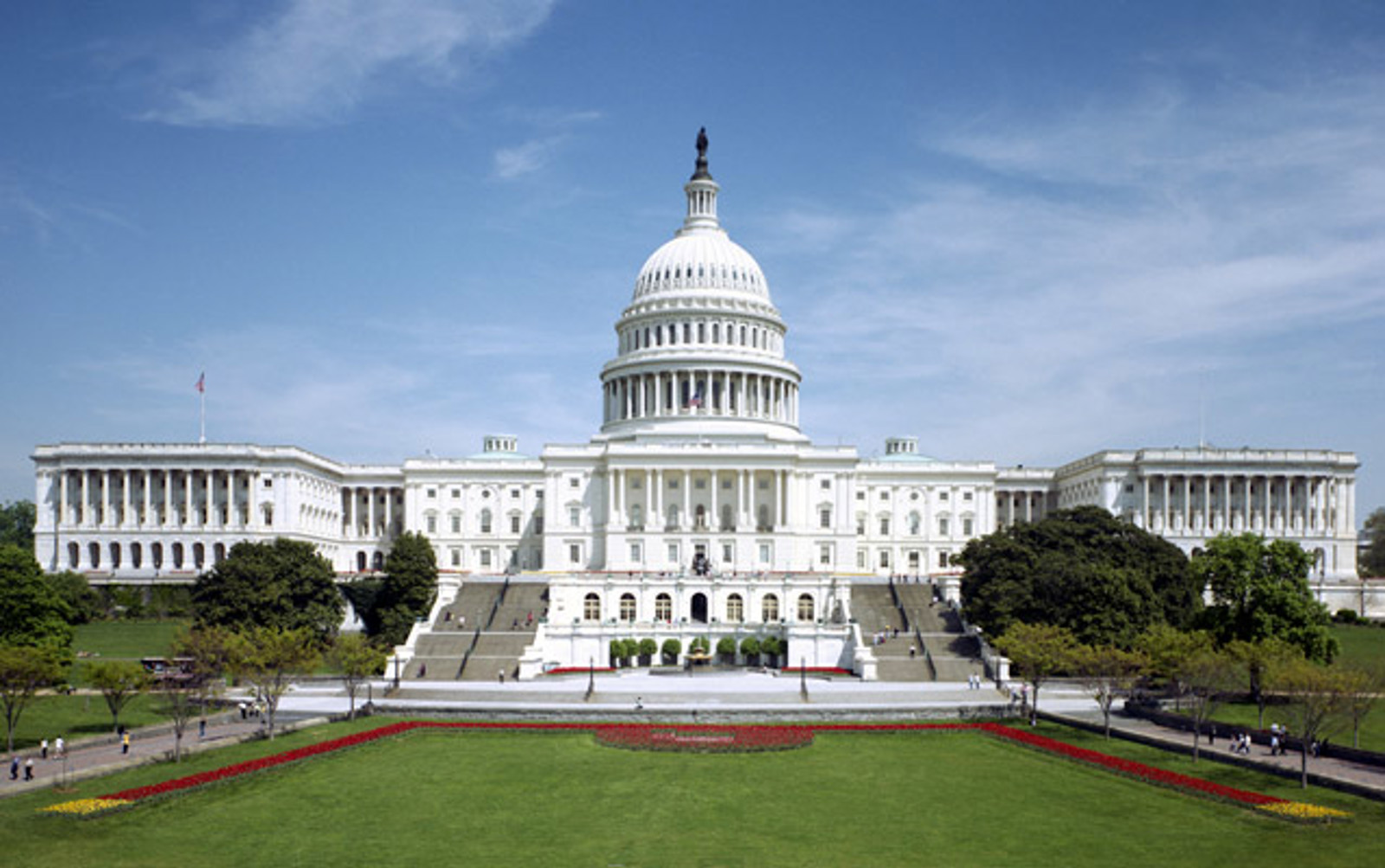Senate Budget Resolution First Step Toward Massive Increase in Education Funding
This week, Senate Democrats passed the FY 2022 budget resolution, which includes investments in social programs so large it is being compared to the New Deal.
House and Senate Budget Committees conferred on the outline of the budget resolution to increase the chances of passage later this month. In an unusual move, the House has announced it will return August 23 to vote on the budget resolution and other matters.
Overall, the budget resolution calls for $3.5 trillion in new spending and tax cuts over 10 years, which Senate Democrats claim would be paid for in full through new tax revenue, health care savings, and new economic growth. Generally, the budget mirrors proposals from both President Biden’s American Jobs Plan and American Families Plan.
To turn the resolution into legislation, the budget instructs a dozen authorizing committees to write legislation that spends or saves certain amounts on policies within their jurisdictions. Of the committees with instructions, the education committees received the largest allocations. The Senate Health, Education, Labor and Pensions Committee (HELP) has an allocation of $726 billion, and the House Education and Labor Committee has $779.5 billion to spend, both over a 10-year period. While the two committees cover the same education policy, they have slightly different jurisdictions over labor and health policy, thus the instruction amounts are slightly different.
The budget resolution does not spell out the details of the legislation, but rather provides the amount that can be used within the committees. The committees must write the detailed language to enact the legislation.
In addition to the education proposals, legislation from the HELP and Education and Labor committees will include proposals for child care, health care, workforce development and other labor issues. The budget resolution has been written with the assumption that certain investments will be made in education and is likely to cover the following issues:
- Universal pre-K for 3 and 4-year olds
- Child care for working families
- Tuition-free community college
- Investments in Historically Black Colleges and Universities and Minority-Serving Institutions
- Increase the maximum Pell grant award
- School infrastructure, student success grants, and educator investments
- Investments in primary care, including Community Health Centers, the National Health Service Corps, the Nurse Corps, and Teaching Health Center Graduate Medical Education
- Health equity (maternal, behavioral, and racial equity health investments)
- Pandemic preparedness
- Workforce development and job training
- Labor enforcement and penalties
- Civilian Climate Corps funding
- Research infrastructure, including for HBCUs and MSIs
While this list of proposals reflects the Biden agenda, the amounts allocated in the budget resolution do not meet the full $845 billion needed for the education committees to pay for all of the president’s proposals. This means the committees will likely have to scale back some of his ideas. NAICU’s priority in reconciliation is to double the Pell Grant maximum to $13,000 by June 2022. President Biden’s proposal for Pell is to increase the maximum grant by $1,875 this year, to $8,370, which costs $85 billion over 10 years. The Pell Grant Preservation and Expansion Act has been introduced in Congress to double the Pell Grant over five years, as well as make other expansions to the program, but no cost estimate has been provided for that bill yet.
The president does not sign the congressional budget resolution into law, as it is binding only for congressional budget rules. If the budget resolution is passed later this month, committees can begin work to write reconciliation legislation to outline exactly how the money will be spent by the unexpectedly early deadline of September 15, 2021. Then, the 12 bills will be packaged by the budget committees into an omnibus reconciliation bill for floor consideration.
With majority rule in the House, passage of reconciliation follows regular order. But on the Senate floor, budget reconciliation is considered under special rules, which limit debate, prohibit a filibuster, and require only a simple majority for passage. The budget resolution and subsequent budget reconciliation package are expected to pass Congress with only Democratic votes.
For more information, please contact:
Stephanie Giesecke

